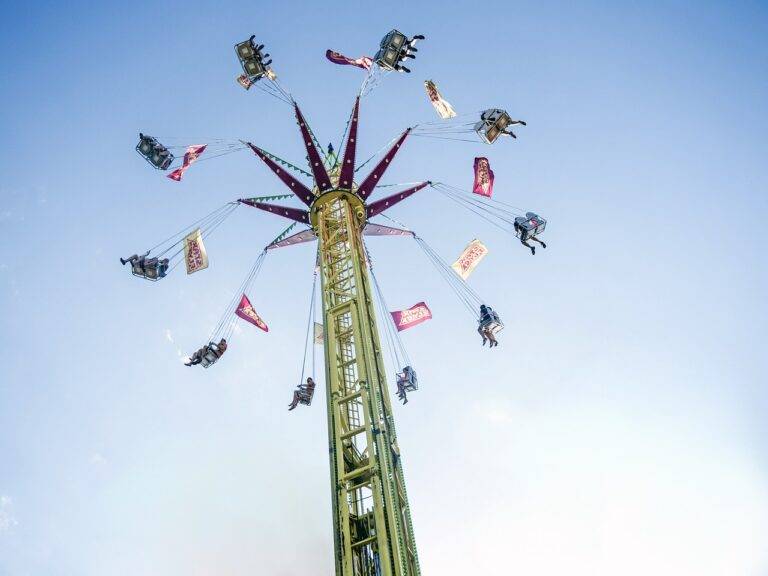Exploring the World of Animated Feature Films
Animated feature films have become a beloved form of entertainment for audiences of all ages. With the ability to transport viewers to fantastical worlds and tell engaging stories, animated films have captured hearts across the globe. From classic hand-drawn animations to cutting-edge computer-generated imagery, the art of animation continues to evolve and push the boundaries of creativity.
In recent years, animated feature films have seen a surge in popularity, with blockbuster hits breaking box office records and receiving critical acclaim. These films often showcase the incredible talent and skill of animators, who painstakingly bring characters to life and create immersive worlds that captivate audiences. Whether it’s a heartwarming tale of friendship or an epic adventure, animated feature films have a unique ability to touch the hearts of viewers and leave a lasting impact.
History of Animation in Film
The history of animation in film dates back to the late 19th century with the invention of devices such as the zoetrope and the phenakistoscope, which created the illusion of motion through rapidly spinning images. These early animation techniques laid the foundation for the groundbreaking advancements that would follow in the world of animated filmmaking.
One of the most significant milestones in the history of animation in film was the release of Walt Disney’s “Steamboat Willie” in 1928, which introduced the world to Mickey Mouse and revolutionized the animation industry. Disney’s use of synchronized sound and expressive character animation set a new standard for animated storytelling and paved the way for the creation of feature-length animated films.
Evolution of Animation Techniques
Over the years, animation techniques have advanced significantly, leading to more realistic and engaging animated feature films. One key development in the evolution of animation techniques is the shift from traditional hand-drawn animation to computer-generated imagery (CGI). This transition has allowed for more complex visuals, intricate details, and seamless movements in animated films.
Additionally, advancements in technology have enabled animators to incorporate 3D animation techniques, bringing characters and environments to life in a whole new dimension. The use of motion capture technology has further elevated the level of realism in animated films, capturing actors’ movements and expressions to create incredibly lifelike animated characters. These innovations continue to push the boundaries of what is possible in the world of animation and have revolutionized the way stories are told on the big screen.
• Traditional hand-drawn animation
• Computer-generated imagery (CGI)
• 3D animation techniques
• Motion capture technology
The evolution of animation techniques has not only transformed the way animated films are created but also how they are experienced by audiences. The ability to create stunning visual effects, realistic characters, and immersive worlds has captivated viewers of all ages and made animated films a mainstay in popular culture.
As technology continues to advance, animators have more tools at their disposal to push the boundaries of creativity and storytelling. From creating fantastical creatures to bringing historical events to life, animation techniques have opened up endless possibilities for filmmakers to explore new worlds and narratives on screen. The future of animation is bright, with endless opportunities for innovation and artistic expression in this ever-evolving medium.
What are some examples of early animated feature films?
Some examples of early animated feature films include Snow White and the Seven Dwarfs (1937), Bambi (1942), and Cinderella (1950).
What is the history of animation in film?
The history of animation in film dates back to the early 20th century, with the first animated short films being produced in the 1910s. The art form has evolved significantly over the years, with advancements in technology and techniques leading to the creation of full-length animated feature films.
How have animation techniques evolved over time?
Animation techniques have evolved significantly over time, with advancements in technology playing a key role in the development of new and innovative methods. Some of the key advancements include the use of computer-generated imagery (CGI), motion capture, and 3D animation.
What are some of the current trends in animation techniques?
Some current trends in animation techniques include the use of virtual reality (VR) and augmented reality (AR) to create immersive animated experiences, as well as the continued growth of 3D animation in both film and television.
How has the digital revolution impacted animation techniques?
The digital revolution has had a major impact on animation techniques, with the advent of digital tools and software enabling animators to create more intricate and detailed animations. This has led to a greater level of realism and creativity in animated films and TV shows.





